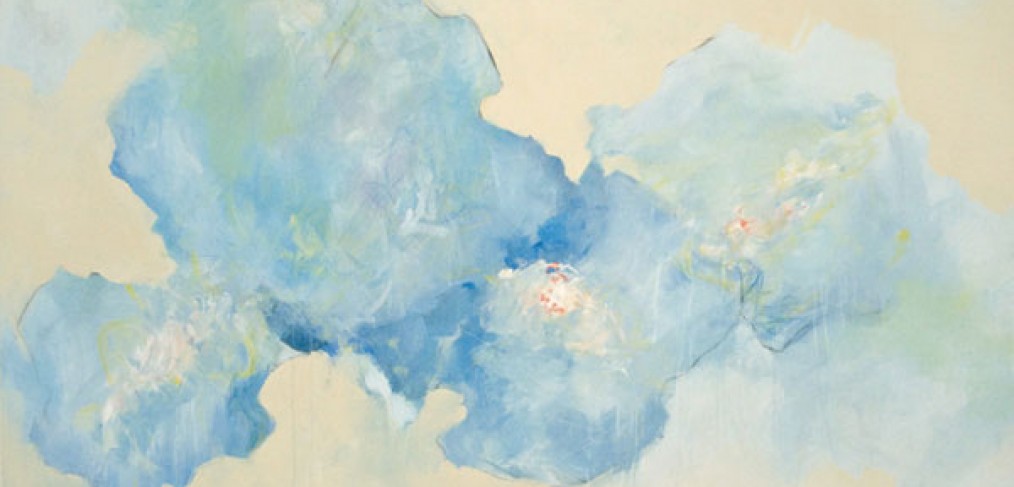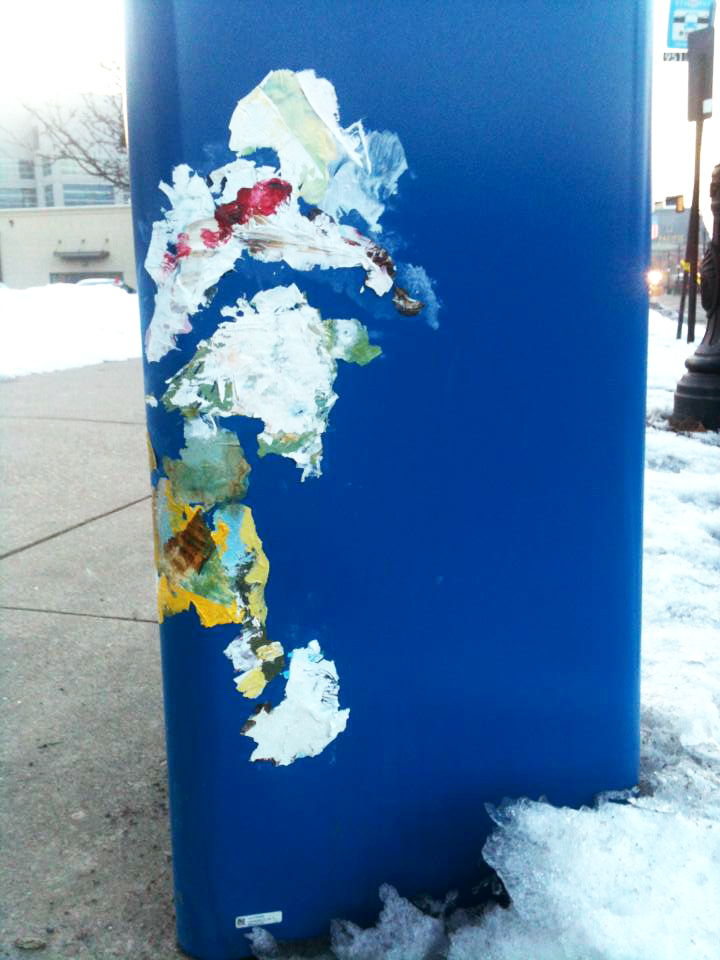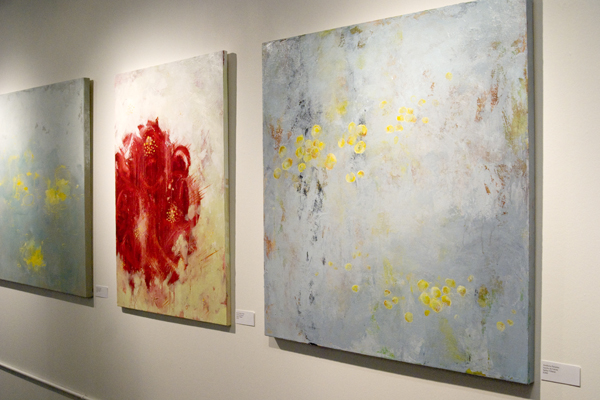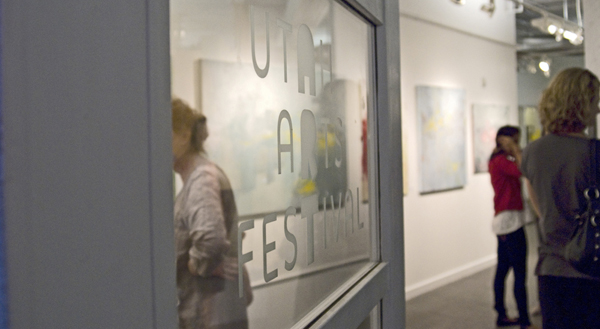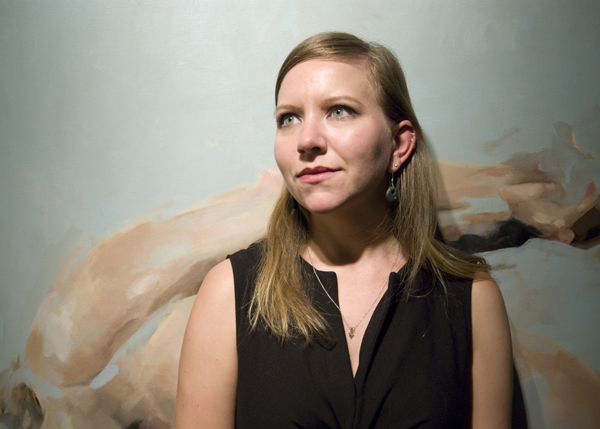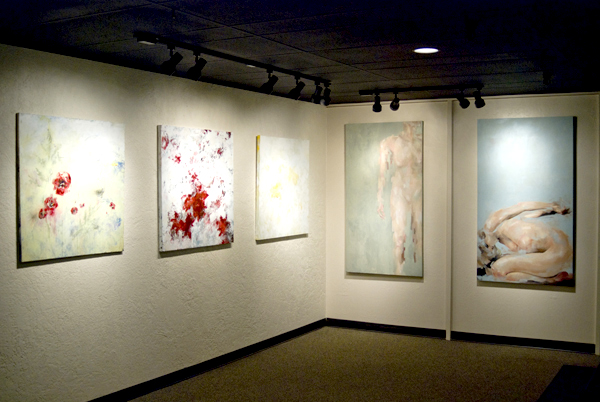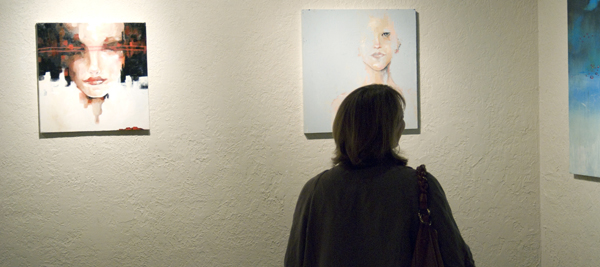I’m always very excited for upcoming exhibitions. Not only does it mean I’m gaining the opportunity to get my work out in the world, but I am also inclined to try a new direction, subject or a new style with my work.
Exhibitions are sometimes like a test market for future work.
I’ve been working with idea of memory degradation – if I study this thing now and paint it later what will it look like, what do I remember, and how to I treat areas on canvas where I’ve forgotten the form of the thing? While this idea hasn’t changed, I’m now approaching “transcribing” the form of my subject differently.
Until this spring, my process would be to study a subject – florals or botanicals, create a blank but textured background loosely representing the type of soil or ground that the botanical would exist in but also remark to an “empty mind” or a blank thought. On top of that I would paint what I can remember my subject looking like.
I’m approaching my process differently now.
I’m inspired by a great many things. Leaves vibrating in the wind, the composition of colors and form on my breakfast plate, the color of the light before a storm (yeah, all that dramatic artist stuff). Mostly what inspires me, though, is other paintings. When an artist I admire creates something new, it is profound in how I then approach my art making. What I have noticed is the use of negative space as a foreground in contemporary painting. There’s something unnerving about seeing something up front when life experience tells you that it should be behind another thing. And so that is how I’m approaching my subjects now.
Now I start with the subject. I paint all the portions of it that I can remember, and attempt to recreate portions that I vaguely remember. Then I use a background color to fill in the space around the subject, mask out areas of the form that I’m sure of and translucently paint over areas that I feel are incorrect. More so than ever, my paintings are reflective of how the mind works when trying to recall memories. If you really thought hard about what a closeup of an orchid looks like, you would see some areas in detail while others slip away into the fog of once known information.
New work displayed in August 2015 at 15th Street Galley in SLC will have this style on display and available for collectors.

